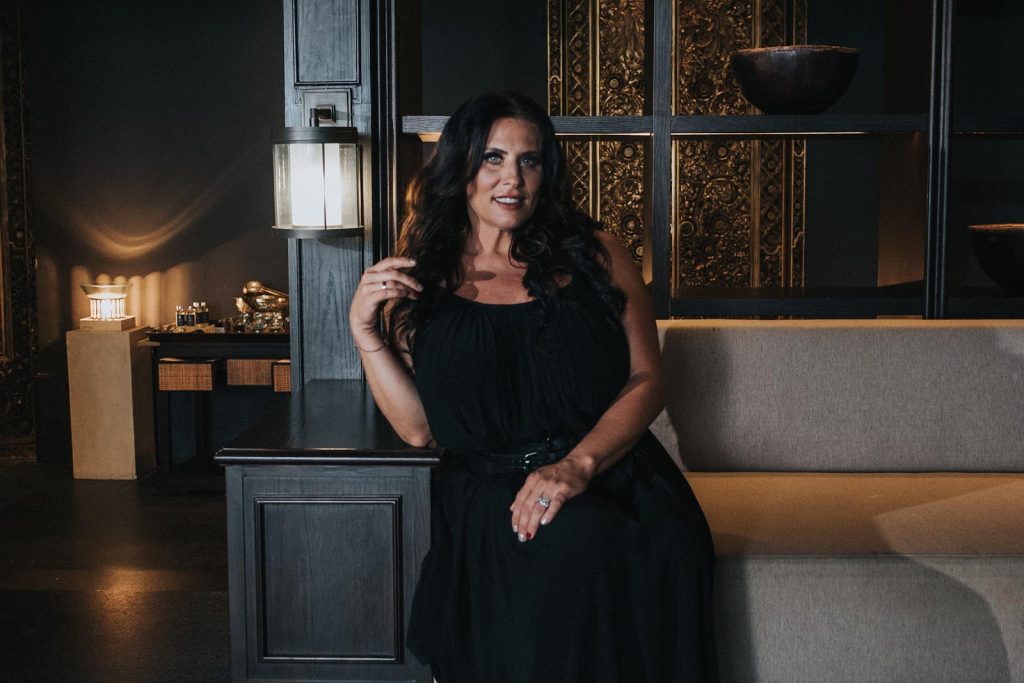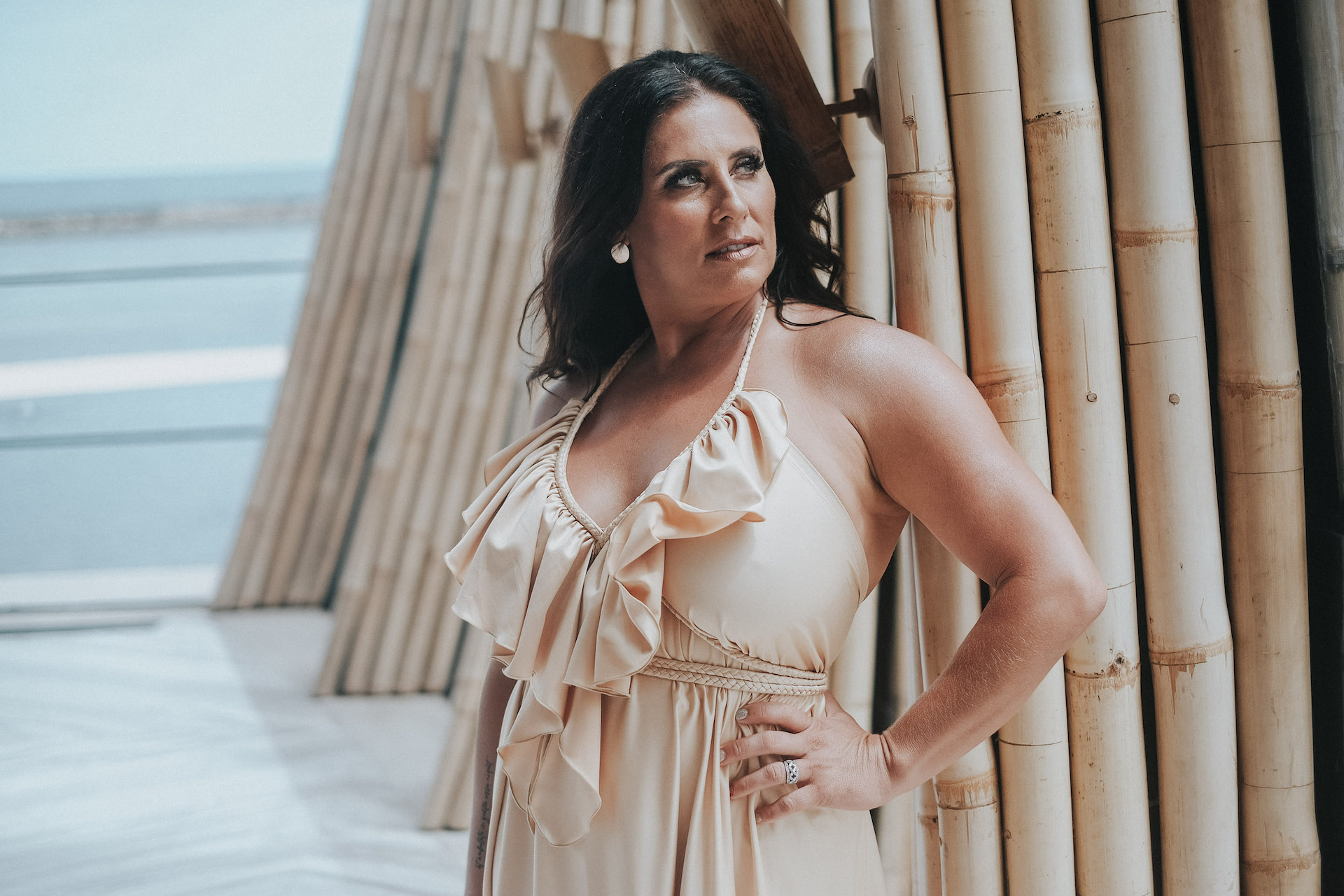Branding refers to the marketing tactic that establishes specific feelings, attitudes, ideas, or products with a company. A brand consists of many elements, including its logo, mission statement, products, services, and slogan.
For example, Home Depot brands itself as the go-to place for any home improvement needs. Its tagline, “How Doers Get More Done,” emphasizes its commitment to helping people finish their projects. Whether you’re gardening, building, painting, roofing, or renovating, you can bet that Home Depot has something for you.
In fact, Home Depot’s branding is so strong that it’s often the first place that comes to mind whenever someone wants to buy construction or gardening tools. Their branding ensures that customers will shop at Home Depot — and not their competitors — whenever they need specific tools.
Personal branding works the same way very much. You might be an entrepreneur, artist, designer, writer, programmer, or something else. In any case, you want customers to recognize you for your specific talents and specialties. You want to be the first person that comes to mind when someone needs to fulfill a particular request.
So how can you build a strong and unstoppable brand? It all starts with a few techniques:
-
Choose a Profitable Niche
Start by determining what niche you want to serve. Millions of people worldwide make money by filling particular niches — selling art, publishing recipes, blogging, providing consulting services, and so forth.
Unfortunately, not all niches are created equally. Niches such as fitness, investing, dating, beauty, fashion, and games are a few areas that have millions of loyal fans. On the other hand, someone trying to promote their candle-making business might not have as many customers.
Luckily, it’s entirely possible to follow both your passion and the money. The chances are that your special skills or interests are profitable in some way. Whether you’re creating digital art or repairing motorcycles, there’s sure to be someone out there who could use your services.
Once you hone in on your niche, it becomes much easier for you to craft your marketing messages, produce the services your audience wants, and present yourself as an authority. After all, you’re the expert here. You’re the one turning your passion into money.
-
Clarify Your Value Proposition
Why did you decide to create a business? Did you want to do something more than simply make money?
While every business aims to make money, most also have a mission they want to fulfill. For example, Patagonia wants to help save the environment. LinkedIn wants to help professionals move up in their careers. Nintendo wants to bring joy to its audience with fun video games. Costco provides high-quality goods at competitive prices.
What needs does your business fulfill? Perhaps you can build great websites for customers at a low cost. Maybe you can create unique and personalized artwork for your clients. Regardless of your niche, you’ve got something to provide for the world.
The easiest way to craft your value proposition is by answering these questions:
- Who are you?
- What do you do?
- Why do you do it?
- Who do you do it for?
Alternatively, you can fill out this simple template:
“I am a(n) [job] who helps [clients] achieve [problem you want to solve].”
Here are some examples:
“I am a personal trainer who helps young people achieve the body of their dreams.”
“I am an HR consultant who helps startups achieve their HR needs.”
“I am a DJ who helps clubs achieve throwing a fun event.”
-
Determine Your Target Audience
Once you know your value proposition, it’s time to determine your target audience. Who are you trying to reach out to? Who do you want to buy your products or services?
In an ideal world, your company would appeal to absolutely everyone. Unfortunately, most companies — even large and successful ones — don’t have that kind of market share.
For example, LinkedIn is aimed at professionals who want to connect with other like-minded individuals. It would be of little use to children and teenagers who are too young to enter the workforce.
Similarly, Gucci and other luxury brands are meant to show off status and wealth. People buy such ultra-expensive clothes and accessories to flaunt. Such brands aren’t meant to appeal to those who are price-conscious. The high price tags act as a gatekeeper and ensure that only the privileged elite can afford such items.
So who makes up your target audience? A quick way to determine an answer is to create a buyer persona with your ideal customer’s characteristics. Your buyer persona must contain two things:
- Demographics: Demographics describe who a person is. These are traits such as your customer’s age, sex, race, marital status, ethnicity, income, location, employment, education, and the number of children. You can also include more unique identifiers such as a person’s hair color or height. For example, clothing stores like Ann Taylor have sections specifically for both tall and petite women.
- Psychographics: Psychographics describe how a person behaves. These traits include attitudes, interests, hobbies, beliefs, lifestyle, dreams, and social class. Psychographics are just as important as demographics, and many brands cater to specific needs. For example, Warby Parker’s Buy-A-Pair, Give-A-Pair program donates a pair of glasses to those in developing countries for each one bought locally. You know you’re helping out the greater good when you shop at Warby Parker.
By honing in on these two areas, you can quickly determine your ideal customer and how you’ll reach them.
-
Use the Power of Storytelling
Nothing stirs up emotions like a powerful story. According to research, a story is 22 times more engaging than dry facts.
Consider this example: A dog shelter wants more people to adopt pets. Should they just list out the number of abused or abandoned animals in captivity? Or would it be more useful to tell a specific story about an abused dog treated poorly until his new owners heroically decided to adopt him?
I think you know the answer.
You don’t need to be William Shakespeare to craft a great story. But you do need something the audience can relate to.
There’s no one correct way to write a compelling story, but there are a few things you can do to help make it better:
- Incorporate personal experiences into the brand story.
- Make the customer the hero.
- Invoke plenty of emotion.
- Have the story relate to your value proposition.
A great story goes a long way. Don’t be afraid to edit or alter your story when needed.
-
Make Sure Your Message is Consistent
Consistency is vital when it comes to branding and marketing. Your message should be the same across all platforms so that your customers know what to expect.
For example, would you trust a brand that claimed to be environmentally friendly that was later discovered dumping oil into the ocean? Probably not.
 Photo credit: Rhonda Swan of the Unstoppable Branding Agency by Ryerson Anselmo
Photo credit: Rhonda Swan of the Unstoppable Branding Agency by Ryerson Anselmo
Your brand voice can be just about anything you choose — playful, authentic, irreverent, quirky, or something else — as long as you remain consistent. That means everything from your logo to your social media posts should fit your brand voice. Your followers expect you to stay true to their expectations and might abandon you otherwise.
It’s essential to ensure consistency in four main areas:
- Content Publication: Keep your content coming regularly and make sure every piece relates to your brand and values.
- Social Media: This is one area that will help you gain new followers and customers quickly. While each platform has slightly different rules, it’s still easy to remain consistent and maintain the same tone.
- Brand Colors: Your colors convey meaning, even unintentionally. For example, a serious law firm will likely stick to neutral colors for its logo: black, white, grey, blue, and brown. Using bright colors like orange and yellow will give off the wrong impression.
- Voice and Style: It’s not just what you say but how you say it. Denny’s social media accounts on Twitter, Instagram, and Tumblr all employ the same amount of bizarre humor. Even if the content is different, the expectations remain the same.
Building a powerful personal brand is no easy feat. It takes plenty of hard work and dedication, as well as time refining and optimizing your strategy. However, your brand is perhaps the ultimate tool in shaping your public perception, so it’s well worth the effort. Great brands aren’t built overnight but through diligence and creativity.
Want to learn more about branding? Check out our Personal Branding Strategy Playbook for tips and tricks.
Article by Patrick W. Dunne

